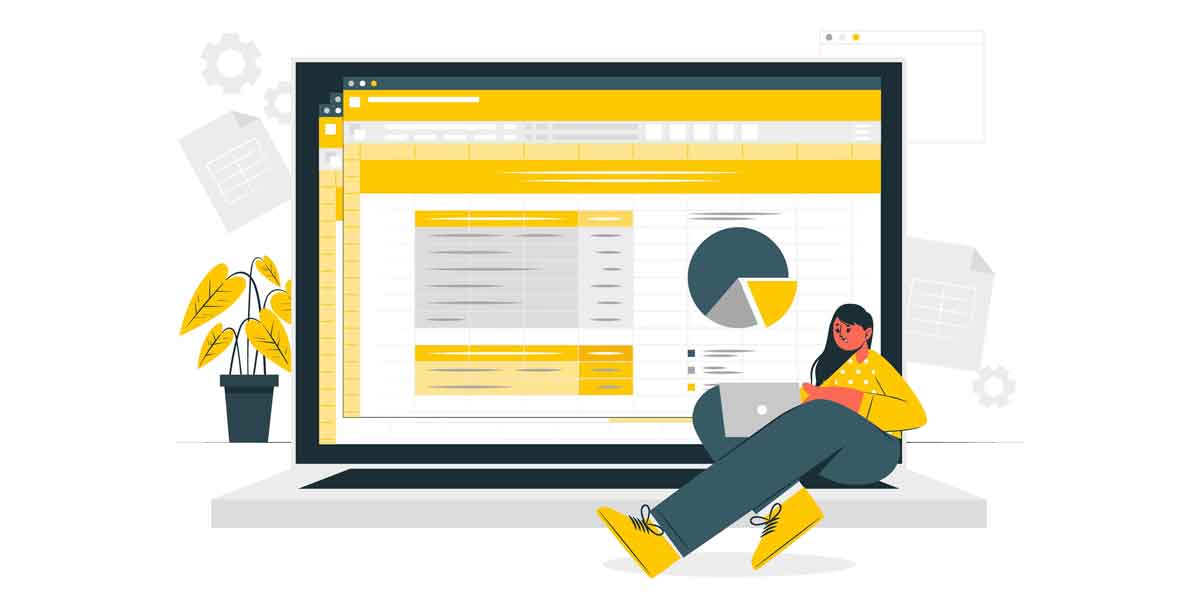Financial Modeling and Forecasting
In the dynamic world of finance, two terms are often mentioned in tandem yet hold distinct meanings and applications: financial modelling and forecasting. Understanding these concepts is vital, especially for startups seeking to navigate the complex scenarios of financial planning and decision-making.
Why Is Forecasting Important?
Forecasting is the process of predicting future financial outcomes based on historical and current data. It is a cornerstone of financial planning, providing businesses with a roadmap for the future. In the context of financial forecasting, the focus is on identifying trends, anticipating changes, and preparing for potential opportunities and risks.
For startups, forecasting is particularly crucial. It serves as a guide for strategic decision-making, from budget allocation to potential investments. By understanding the probable future financial position, startups can make informed decisions that align with their long-term objectives and mitigate potential risks.
What Are the Methods of Financial Forecasting?
There are various methods of financial forecasting, each with its strengths and suitability for different business scenarios. The most common methods include:
- Time Series Analysis: This method involves analysing historical data to identify trends and patterns. It’s particularly useful for short-term forecasting.
- Econometric Modeling: This involves using statistical methods to test hypotheses and forecast future trends based on economic theory.
- Judgmental Forecasting: Here, forecasting is based on intuitive judgments, opinions, and probability estimates. This method is often used when there is a lack of historical data.
Each method has its place in financial forecasting. Startups might lean more towards judgmental forecasting due to the lack of extensive historical data, while established businesses might rely on time series analysis for more accuracy.
Why Is Modeling Important?
Financial modelling, on the other hand, is the process of creating a summary of a company’s expenses and earnings in the form of a spreadsheet that can be used to calculate the impact of a future event or decision. A financial model is a tool used for decision-making, not just prediction.
Financial modelling for startups is indispensable. It enables entrepreneurs to test different scenarios and see their potential financial impact. This is crucial for startups that need to make important decisions on funding, growth strategies, and resource allocation.
Financial Forecasting vs. Financial Modeling
While forecasting and modelling are often used together, they serve different purposes. Financial forecasting is about predicting the future, whereas financial modelling is about exploring what could happen. Forecasting feeds into modelling, providing the necessary data to build realistic and dynamic models.
In financial forecasting, the focus is on external factors and historical data to predict future performance. Financial modelling, however, involves creating hypothetical scenarios to explore a range of outcomes. This could include everything from a new product launch to a major shift in market trends.
Financial Modeling vs. Financial Forecasting Comparison
To further understand the differences and similarities, here’s a comparison:
- Purpose: Forecasting is about predicting future financial performance. Modelling is about exploring hypothetical scenarios.
- Scope: Forecasting often has a narrower scope, focused on specific financial metrics. Modelling can encompass a wider range of business variables.
- Flexibility: Models are typically more flexible, allowing for the adjustment of inputs and assumptions. Forecasting relies more on existing data and trends.
- Application: Forecasting is often used for budgeting and planning. Modelling is used for strategic decision-making, such as evaluating investment opportunities or assessing the impact of strategic changes.
For startups, both financial modelling and forecasting are essential tools. Forecasting helps in understanding potential future scenarios, while modelling provides a framework for decision-making. In the complex world of business finance, understanding the nuances and applications of financial forecasting and modelling is crucial. While they are interconnected, each serves a unique purpose in the realm of financial planning and analysis. For startups, mastering these tools can be the key to navigating financial challenges and seizing opportunities effectively.

